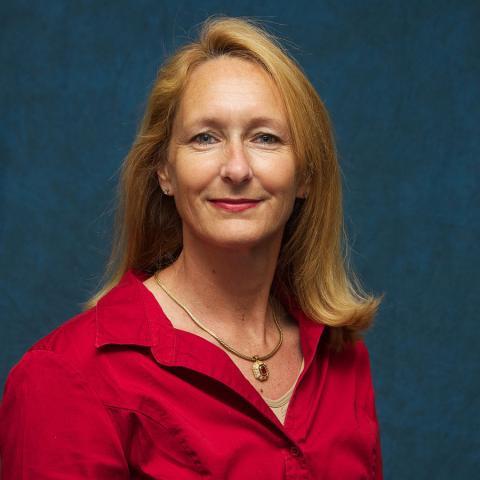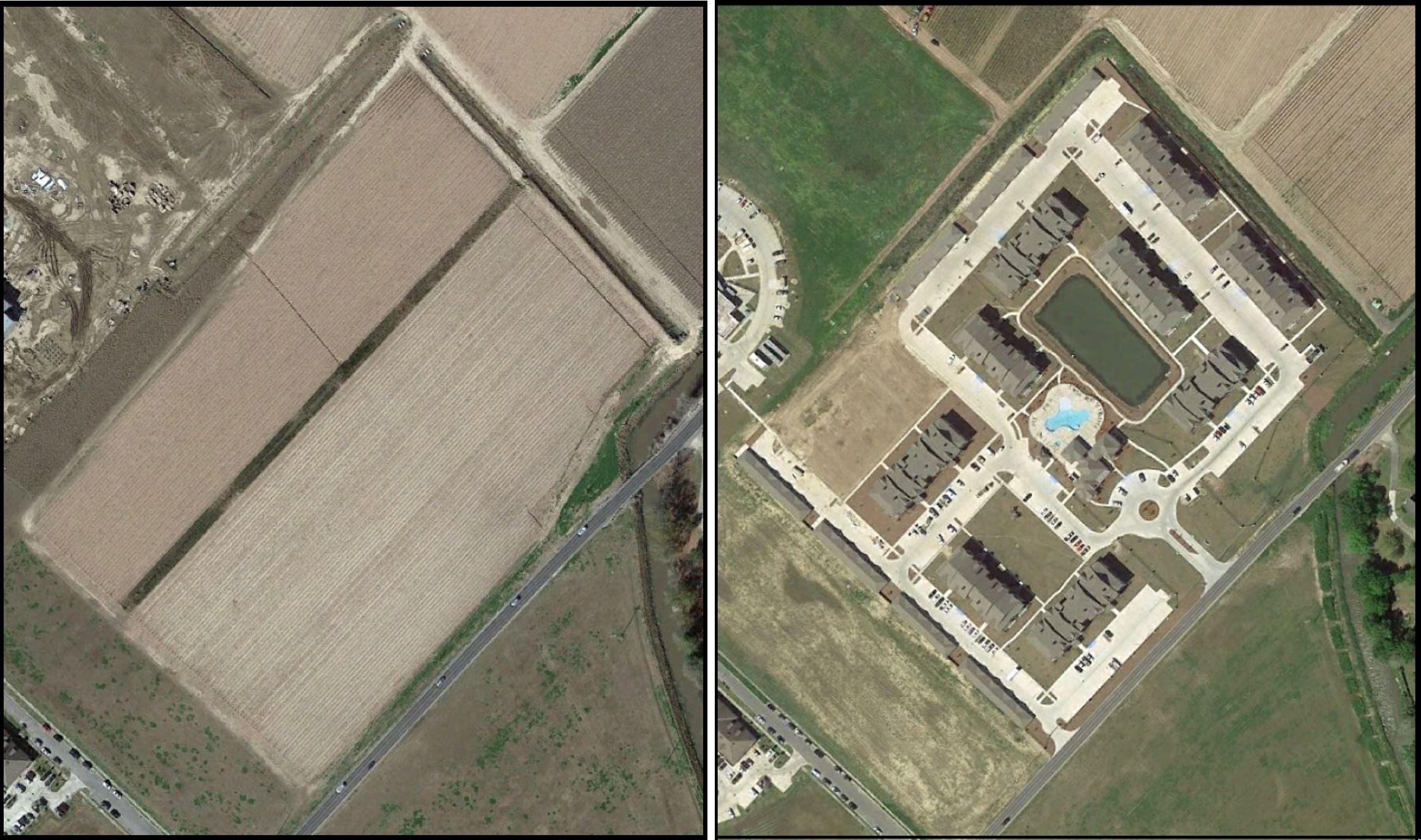Problem Statement
A multitude of models and methods are available to estimate runoff quantities from a watershed for the design and analysis of stormwater infrastructure. These models vary widely in complexity, accuracy, data input requirements, and robustness. Some models are simple enough that hand-calculations can be performed, while others require specialized software. A student in an introductory hydrology class may learn about a few of these models but can be left not knowing how they fit together as a set of tools and how to select which model to use in a given situation. Student exposure to runoff models must extend beyond theory and calculation to include application of models on real sites, discussion of model limitations as well as input data assumptions, and evaluation of model applicability to a given situation.
Module Overview
This module introduces students to three runoff models of varying complexity: the rational method, SCS curve number with synthetic unit hydrographs, and PCSWMM software. Background and theoretical development are provided, building up to application of each model to a road reconstruction project watershed. Students gather site information for model input, make decisions on how to best model the site, perform spreadsheet calculations, and construct a complete PCSWMM model. Runoff results are generated from all 3 models for the same site. Students are then guided through a discussion of the relevant considerations in choosing a runoff model for a situation and are given several scenarios for which they must select what they consider to be the most appropriate model and justify their choice.
Topics Covered
The rational Method. SCS curve number and synthetic unit hydrographs. PCSWMM theory, software interface navigation, model construction and implemenation. Considerations in matching runoff models to situations.
Prerequisites
Students require a foundational knowledge of basic hydrologic concepts, design storms, and working with spreadsheets. No prior knowledge of runoff models or PSWMM is needed. This module is not part of a series.
Learning Objectives
At the end of this module, students will be able to: 1) develop a runoff hydrograph using the SCS curve number and dimensionless unit hydrograph.[L3:Apply], 2) construct a PCSWMM model of an urban watershed for a design storm and explain the assumptions and limitations of the model.[L3:Apply], 3) select the most appropriate runoff modeling method and justify their conclusion given a set of input data and design criteria.[L5: Evaluate]
1)
"This will be accomplished through activities within each section. Results from each activity will be recorded in specified results templates. The results templates for each activity can be found at the beginning of each activity. The results templates are organized such that results from one activity can easily be used in successive activities."
Course Authors
Gianna M. Cothren, Ph.D., P.E.
Dr. Cothren earned B.S. (in Civil Engineering) and M.Sc. degrees from University of New Orleans and a Ph.D. in Civil Engineering from Louisiana State University. Dr. Cothren's educational and professional background is in the areas of hydraulic engineering, wetland science, urban hydrology, and coastal engineering. She has experience in urban and rural environmental hydrology, GIS applications in water resources, physical, chemical, and biological functions in wetlands. She also has experience with SWMM, HSPF, and HMS models. Dr. Cothren is actively involved with American Society of Civil Engineers (ASCE) and Society of American Military Engineers (SAME). She is active in journal publications and conference presentations throughout the United States. Dr. Cothren also serves as the faculty advisor of the ASCE-UNO Student chapter.
gcothren@uno.edu
David Spelman, Ph.D., P.E.
Dr. Spelman joined the Department of Civil Engineering and Construction at Bradley Unveristy in August, 2017 as an Assistant Professor and specializes in teaching environmental engineering courses. Prior to joining Bradley University, Dr. Spelman worked on a variety of research projects as a graduate researcher at the University of Florida. His expertise includes stormwater management, sediment and contaminant transport in surface waters, and computation fluid dynamics modeling of environmental treatment systems. Dr. Spelman’s research experience includes work on a four-year, three-phase project to design, retrofit, and monitor a large stormwater detention basin. He has substantial experience in designing and implementing field monitoring campaigns for water quality and treatment technology implementation as well as optimizing treatment systems through modeling. In addition, he has significant and varied field experience “catching” storm events by monitoring hydrologic parameters and collecting grab samples during runoff and subsequently performing laboratory analyses as well as processing obtained data. Dr. Spelman has published in national and international journals, has co-authored three project reports, and has presented at regional conferences.
dspelman@bradley.edu
Target Audience
Undergraduate junior/senior engineering students enrolled in an introductory hydrology course
Course Sharing and Adaptation
This course is available for export by clicking the "Export Link" at the top right of this page.
If you are an Instructor seeking the answer keys, please contact the course creators using your official University email account.
Make sure you cite the source of your new course (e.g., this course was adapted from Rational Method to PCSWMM: Matching Models to Situations). You can include this citation on an "Adaptation Page" of your new course, in your course card, or in the introduction section of your new course.
Recommended Citation
Cothren, G., Spelman, D. (2021) Rational Method to PCSWMM: Matching Models to Situations. HydroLearn. https://edx.hydrolearn.org/courses/course-v1:HydroLearn+HydroLearn406+2019_S2/about.
Expected Effort
The module developers estimate that this module will take around 25 hours to complete.



